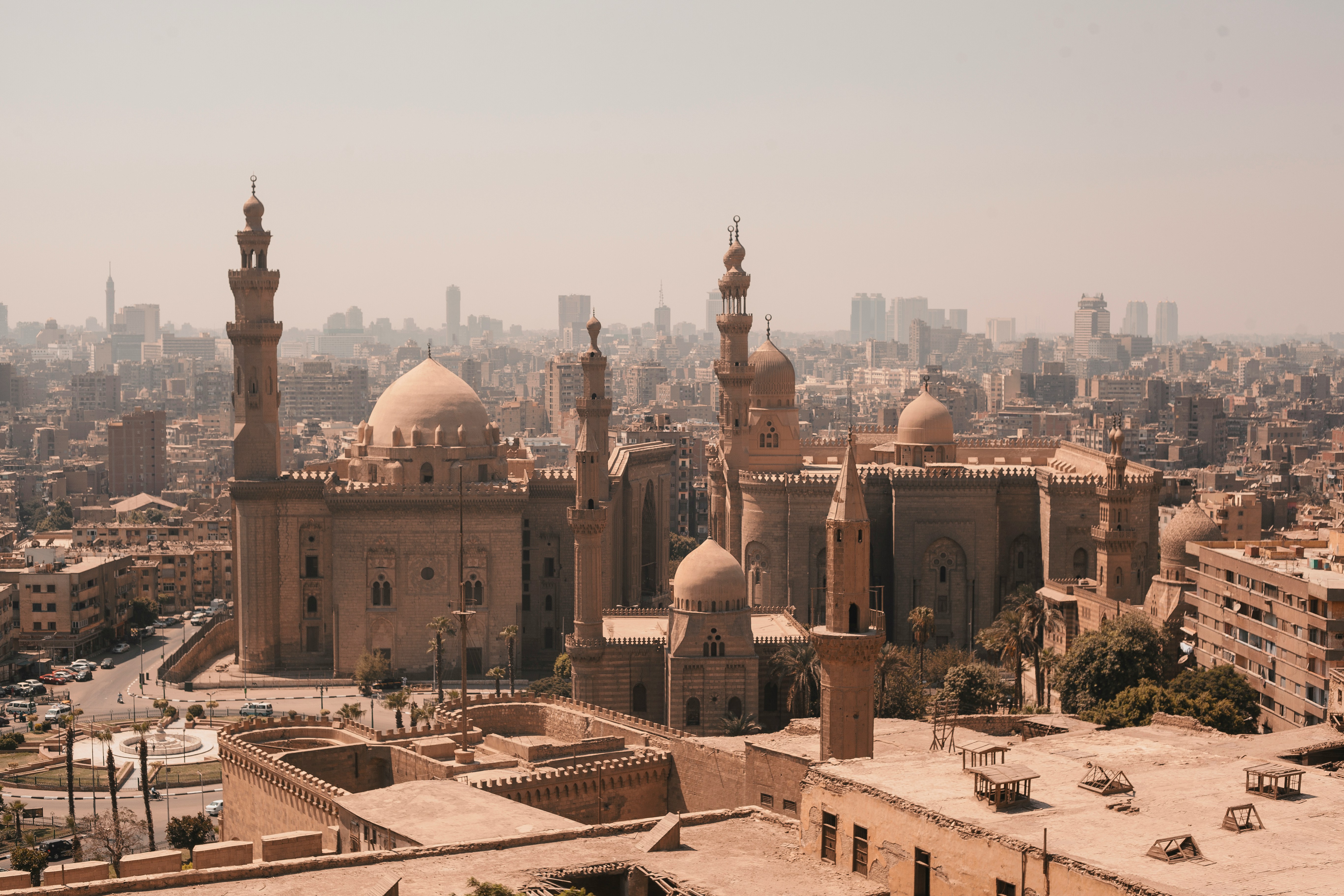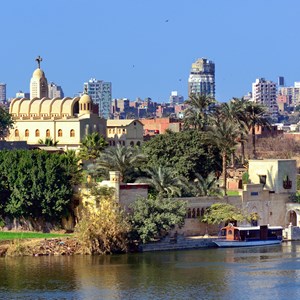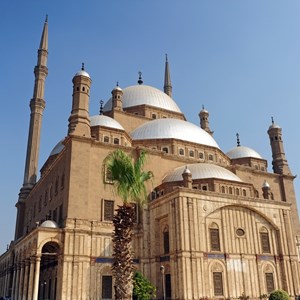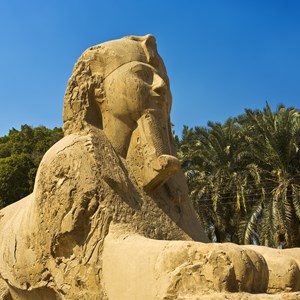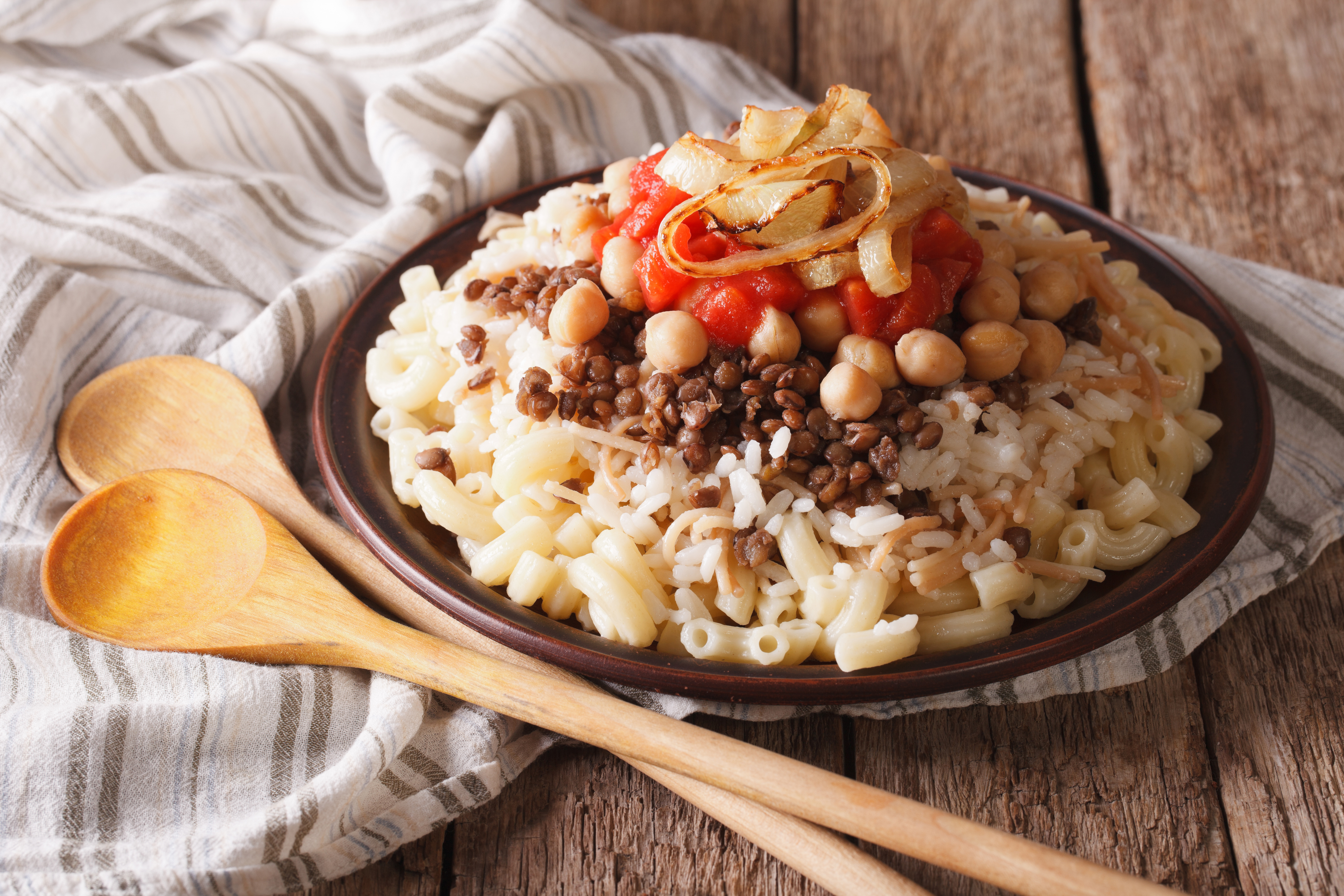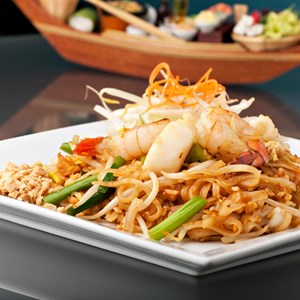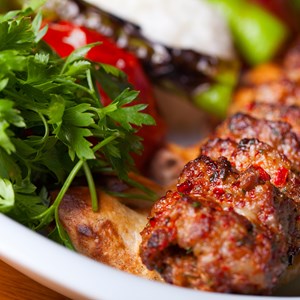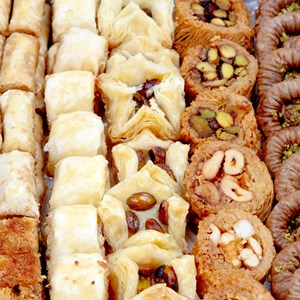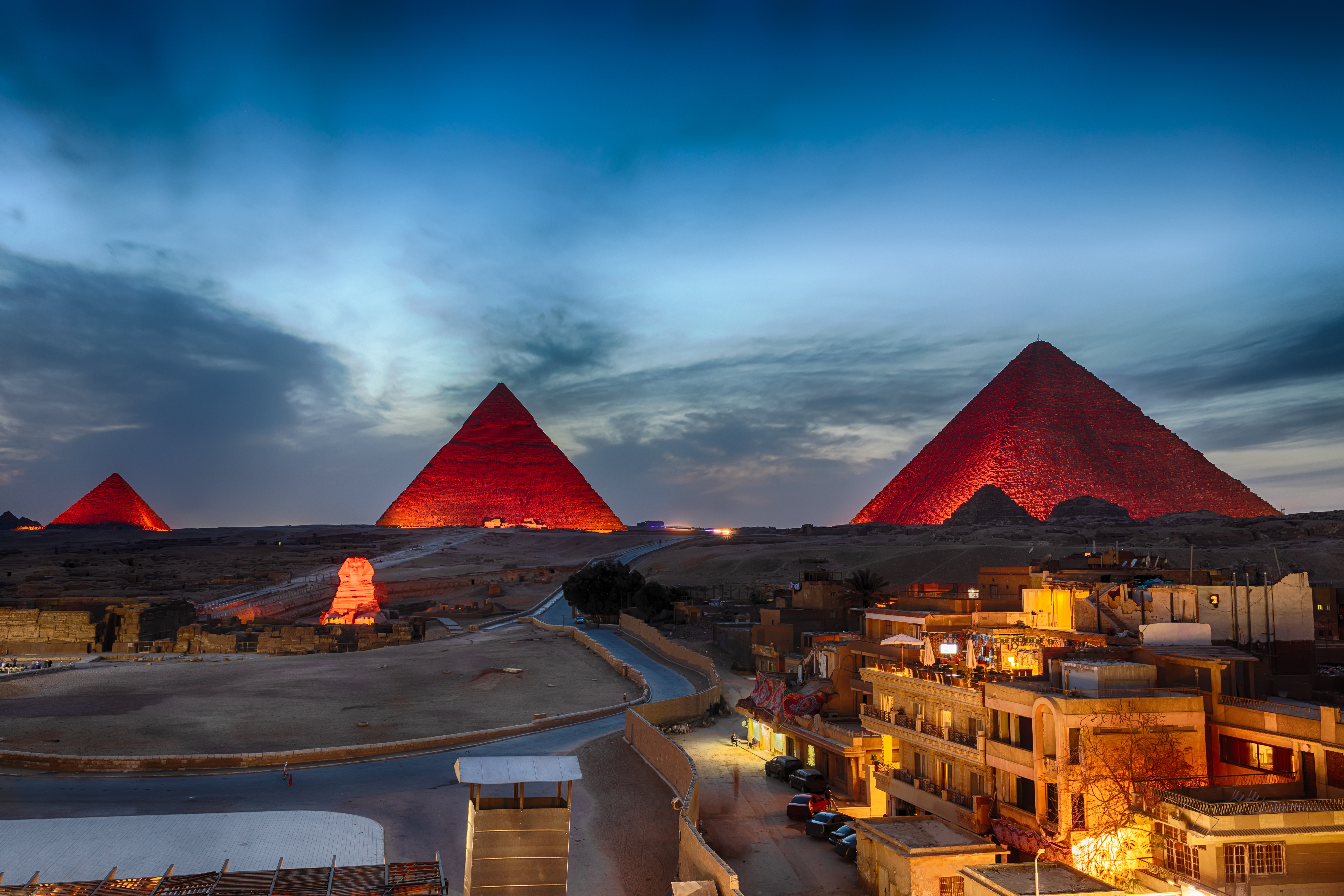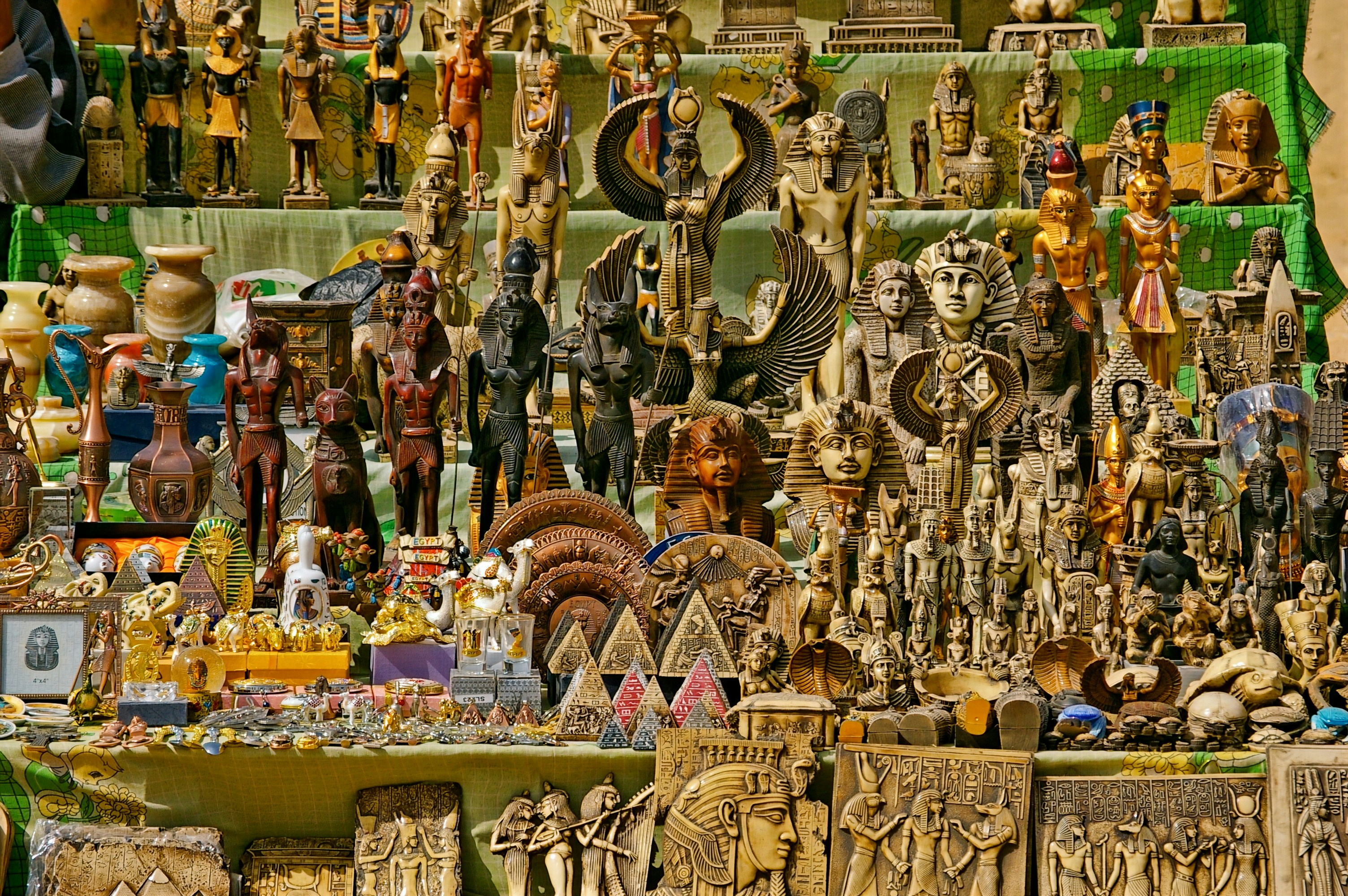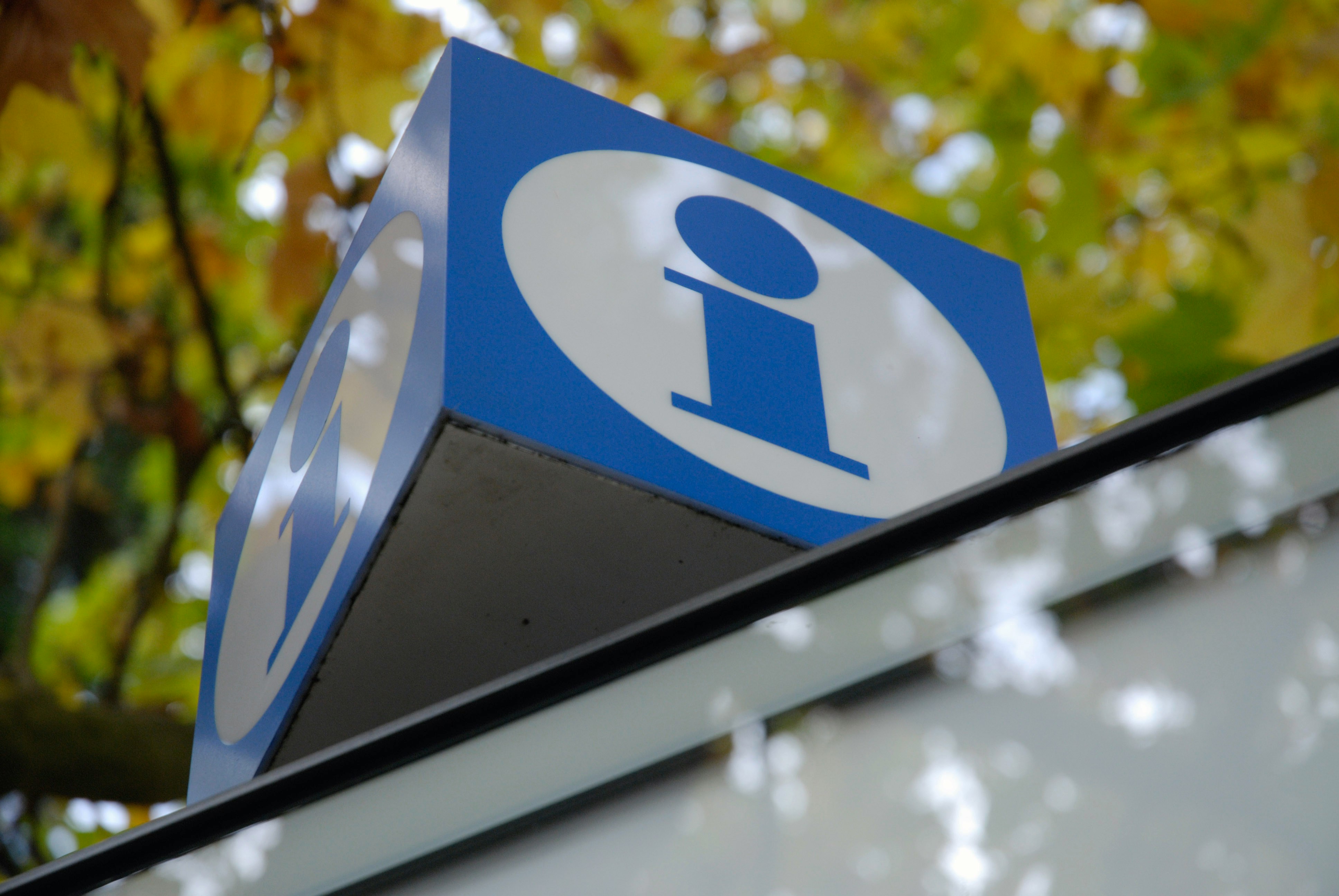

Long considered the jewel of the Orient, Cairo is a city shaped by ancient civilisations and steeped in Islamic and Christian history. A place of ancient tombs, dusty bookshops, rooftop sunsets, and late-night falafel—where the past lives on in crowded streets and quiet corners. Cairo is messy, magical, and impossible to forget.
The City
Cairo’s history runs deep — not just in centuries, but in layers. The city grew out of ancient settlements like Memphis and Fustat, expanded under Islamic dynasties, and evolved into the sprawling capital we see today. It’s a place where Pharaonic, Christian, Islamic, and colonial histories overlap — sometimes on the very same street.
While the Pyramids steal the spotlight, the real story of Cairo lives in its older quarters: the mosques of Islamic Cairo, the churches of Coptic Cairo, and the fading synagogues that hint at a once-diverse population. These aren’t just relics — many are still in use, woven into the rhythms of daily life.
Cairo can feel overwhelming — loud, crowded, intense — but that energy is part of its identity. It’s a city in motion, constantly shifting, yet still marked by every era it’s lived through.
Do & See
Most people come for the Pyramids — and fair enough — but there’s a lot more to Cairo if you give it time. The museums are packed with history, the mosques are architectural landmarks, and neighbourhoods like Coptic Cairo or Islamic Cairo offer a deeper look into the city's layers.
Having said that, Cairo can feel intense at times — the traffic is wild, and around the big sights, you’ll probably get approached by more 'guides' than you would like. Just stay aware, be patient, and you’ll still find plenty worth discovering in this fascinating city.
Dining
Most travellers come to Cairo chasing history, not food, but don’t let that stop you. Between the pyramids and the traffic jams, the city hides plenty of places worth slowing down for, whether it’s a plastic bowl of koshari from a street cart or a quiet rooftop dinner by the Nile. Egyptian food is deeply regional, often homemade, and packed with flavour. You’ll also find no shortage of international options if that’s what you’re after.
Cairo’s dining scene has changed a lot over the past decade. These days, it’s not unusual to find a family-run kitchen serving molokhiya right next to a sleek bistro with a tasting menu. Prices vary, service can be hit or miss, but when the food’s good, it’s really good.
Cafés
Cairo runs on caffeine—whether it’s tiny shots of cardamom-laced Turkish coffee, steaming glasses of black tea, or trendy flat whites. While tea still reigns in many local homes and street corners, a new café culture has taken root across the city.
Here, you’ll come across everything from traditional ahwas (coffeehouses) where regulars sip shisha and play backgammon, to cosy indie spots and chains offering oat milk lattes and cold brew.
And don’t skip the sweets—many cafés serve up classic Egyptian treats alongside the coffee, from syrupy basbousa to flaky baklava and rich, gooey knafeh.
Bars & Nightlife
From low-lit pubs tucked into side streets to rooftop bars with Nile views, Cairo offers a laid-back but lively after-hours scene. Most places don’t get going until late and stay open even later, especially on weekends. The biggest cluster is in Zamalek, but there’s action scattered around Downtown and beyond. It’s not a clubbing capital, but if you’re after a cold drink, good music, and a warm buzz, Cairo delivers.
Shopping
Cairo offers a mix of shopping experiences, from sprawling souqs where bargaining is the norm, to more polished shops found in hotel arcades and upmarket neighbourhoods. In markets, expect to haggle—most sellers are happy to knock prices down, especially if you buy more than one item.
The biggest and most famous market is Khan el-Khalili, a 14th-century bazaar that’s as much about soaking up local culture and people-watching as it is about souvenirs. Not far from there, the Street of the Tentmakers is the city’s only remaining medieval covered market, where you can find traditional printed fabrics made on site.
If you’re after gold jewellery, perfumes, incense, or traditional garments, Al Azhar Street near the mosque has rows of small shops perfect for souvenir hunting. For vintage lovers, the antique shops scattered around Downtown Cairo—especially near Champollion and Talaat Harb streets—offer old maps, colonial-era photos, and unique finds.
Tourist Information
Cairo International Airport (CAI)
Cairo International Airport (CAI) is about 22 km from the city centre, which usually takes around 30 to 45 minutes by car, depending on traffic. Travellers can reach the city using official airport taxis (make sure to agree on a fare or ensure the metre is used), ride-hailing apps, or pre-booked private transfers. Shuttle buses and public buses are also available; however, they take longer and are less luggage-friendly.
Address: Cairo International Airport
Email:
Phone: +20 2 26966300
Website: www.cairo-airport.com/en-us
More Information:
Best Time to Visit
The best time to visit Cairo is in the cooler months, which go from October to April. Summers here can get seriously hot — we’re talking dry heat that sticks around well into the evening — so if you don't feel like sweating through every market stop and museum, it’s better to avoid June to September.
Keep in mind that if you’re visiting during Ramadan, many shops and restaurants may open later than usual or close during the day while locals fast. Be sure to plan ahead, as some tourist sites might also have shorter hours.
Address:
Email:
Phone:
Website:
More Information:
Passport/Visa
Egypt offers several visa options depending on the traveller's nationality and purpose of visit. Citizens from visa-exempt countries can enter without a visa under specific conditions, such as nationals of the GCC (The Gulf Cooperation Council comprising six countries in the Arabian Peninsula: Bahrain, Kuwait, Oman, Qatar, Saudi Arabia, and the United Arab Emirates) in certain cases. Most other travellers must obtain a visa prior to travel or upon arrival.
For tourism, many nationalities are eligible for an e-Visa, which can be applied for online through the official Egyptian e-Visa portal. The process involves submitting personal and passport details, travel plans, and payment of the visa fee. The e-Visa is typically valid for 30 days and can be single or multiple entry, depending on the applicant’s choice.
Additionally, travellers from certain countries — including the United States, Canada, Australia, EU member states, and more — may obtain a visa on arrival at major international airports in Egypt. This option requires payment in cash and is also valid for 30 days.
However, citizens of countries not eligible for either the e-Visa or visa on arrival must apply for a visa in advance at an Egyptian embassy or consulate. For longer stays, a different type of visa must be secured before travel. It is essential to consult Egypt’s official immigration or consular sources to confirm the applicable requirements.
Address:
Email:
Phone:
Website:
More Information:
Public Transport
Cairo’s public transport mainly includes metro, buses and minibuses. The metro is the fastest and most reliable way for tourists to get around — it’s affordable, runs regularly, and covers key spots across the city.
Buses and minibuses run everywhere, but they can be chaotic and unpredictable. For that reason, many tourists prefer to stick to the metro or taxis.
There’s a rechargeable Metro Card you can buy for easy access, with fares that depend on distance. As for safety, the metro is generally fine during the day, but, like in any other big city, it’s best to keep an eye on your belongings.
Address:
Email:
Phone:
Website:
More Information:
Taxi
Taxis are easy to find in Cairo, but they can be hit or miss. Some have meters, others don’t, and even when there is one, the driver might not use it unless you ask. It’s common to agree on a price before the ride starts—just be prepared to haggle a little. That said, most travellers now use ride-sharing apps like Uber and Careem. They’re more straightforward, prices are set in advance, and you can avoid the back-and-forth over fares.
Address:
Email:
Phone:
Website:
More Information:
Post
Post offices in Cairo are usually open from Sunday to Thursday, typically from 8am to 6pm. They offer standard postal services like sending letters and parcels, both domestically and internationally, along with express mail, money transfers, and some basic financial services. The main post office is located at Ataba Square.
Address: Taher Basha, Ghayt Al Adah, El Mosky, Cairo
Email:
Phone: +20 2 35315900
Website:
More Information:
Pharmacy
Pharmacies in Cairo are easy to come across, and many central branches stay open until late—often from around 8am until after midnight, with several branches operating 24 hours, especially in downtown areas. The two most reliable chains right now are El Ezaby Pharmacy and SEIF Pharmacies, offering over-the-counter meds, prescription services, basic medical supplies, personal care and some wellness products.
Address: El Ezaby Pharmacy - Talaat Harb Square, Downtown, Cairo
Email:
Phone: +20 2 35317347
Website:
More Information:
Electricity
In Cairo — and across Egypt — electricity runs on 220 volts at 50 Hz. The standard plug types are Type C and Type F, the same two-pin plugs used in much of Europe.
Address:
Email:
Phone:
Website:
More Information:
Telephone
Country Code: +20
Area Code: 2
Address:
Email:
Phone:
Website:
More Information:


